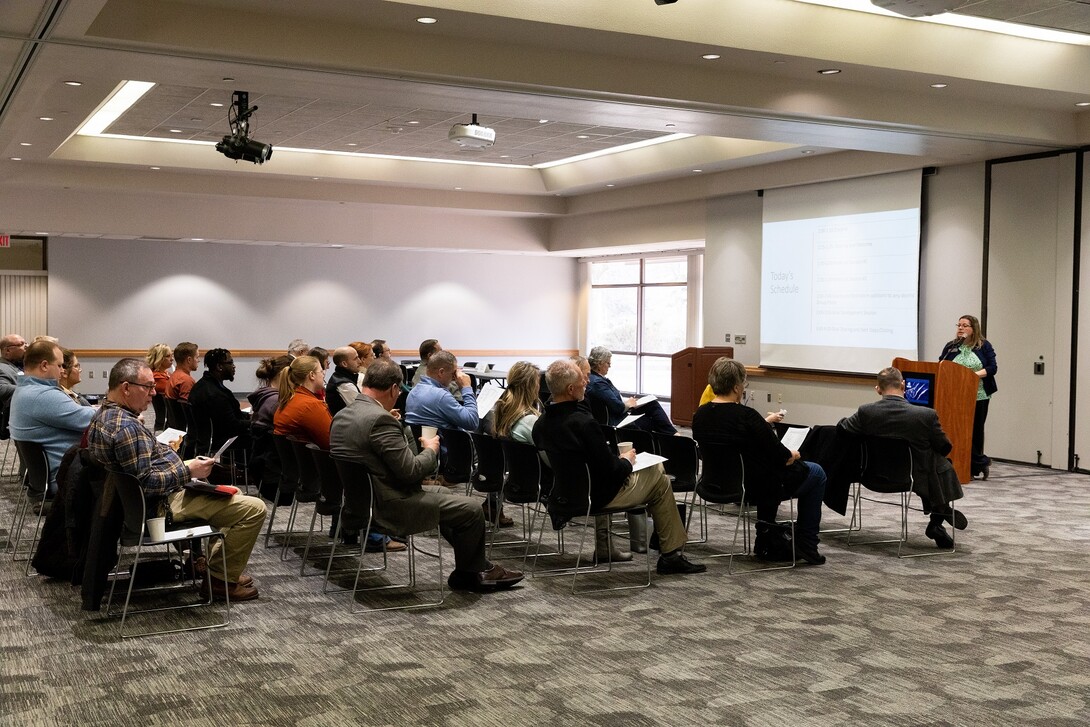
Simply Trees — June 2014
Trees are the tallest freestanding living organisms in the world. They can live longer and grow more massive than any other living thing known on the earth. The nature of the life of the tree is to grow up as fast and as straight as its neighbors and, in so doing, capture the most sunlight possible to produce food via photosynthesis. Unlike us, an injured tree cannot simply pick up and move to more favorable growing conditions. It must adapt and survive the conditions it faces, and seal over any wounding that might have occurred from ice, wind, disease, equipment damage, etc.
Many of us assume that as trees get larger and more massive they are more tolerant of environmental extremes and mismanagement. Nothing could be farther from the truth. Typically the larger the tree gets, the more energy, space and resources are required to maintain its structural and biological integrity and the more predisposed it is to damage from weather, insects, disease and improper management. It is an annual and delicate balance to grow larger and continue to maintain root, stem and canopy structure in the environment of the Great Plains, which is continually throwing curve balls of drought, high winds, wet snows and ice storms. Toss in impacts of insects and disease and improper management – typically people with good intentions doing the wrong things – and trees naturally begin to show signs of wear and tear.
Over the eons trees have "learned" to adapt to injury and wounds. Whether it is a broken branch following an ice storm or lawn mower damage at the base of the tree, various microorganisms begin to infect and invade the newly exposed wood. The tree responds to the attack by building internal structural and chemical walls which slow and often stop the spread of infection and decay. This reaction is called compartmentalization and it varies according to the species or type of tree. Generally the slower-growing a tree, the better it is able to seal off wounds and potential decay. Oaks, for example, tend to grow more slowly than cottonwood trees but they are much more adept at stopping the spread of decay.
Trees have also adapted highly effective methods to maintain their canopy against the constant forces of gravity, wind, snow, etc. Tree trunks, stems and branches are constantly twisting, turning and bending. Throughout its life the tree responds to these stresses by adding more wood to weak areas, such as the underside of a branch, or creating compression and tension wood to help distribute the loading forces throughout the canopy.
Sometimes this adaptation is not enough to support the tree and branches break and fail during storm events. Trees respond to injuries such as broken branches by forming "woundwood," fast-growing callus tissue that forms around the edge of the wound. It will later be replaced with much stronger layers of woundwood tissue that seal over the initial injury and strengthen the overall structure of the tree itself.
Few of these naturally-occurring biological reactions are visible to casual observation since they typically occur over the course of many years. But each tree and its structure have a unique story to tell of past injury, reaction and eventual recovery. Take the time to observe and study your trees and appreciate that every branch, bark ridge and oddly shaped stem is a purposeful reaction of the tree slowly responding to the world and environment around it. You can support the health and vigor of your trees by minimizing wounding and having your trees structurally pruned to maintain a strong and sound canopy for generations to come.
Nebraska Forest Service
402-472-6511
eberg2@unl.edu
Karma Larsen
Nebraska Forest Service
402-472-7923
klarsen1@unl.edu
Dan Moser
IANR News Service
402-472-3030
dmoser3@unl.edu
Click here for larger photo







